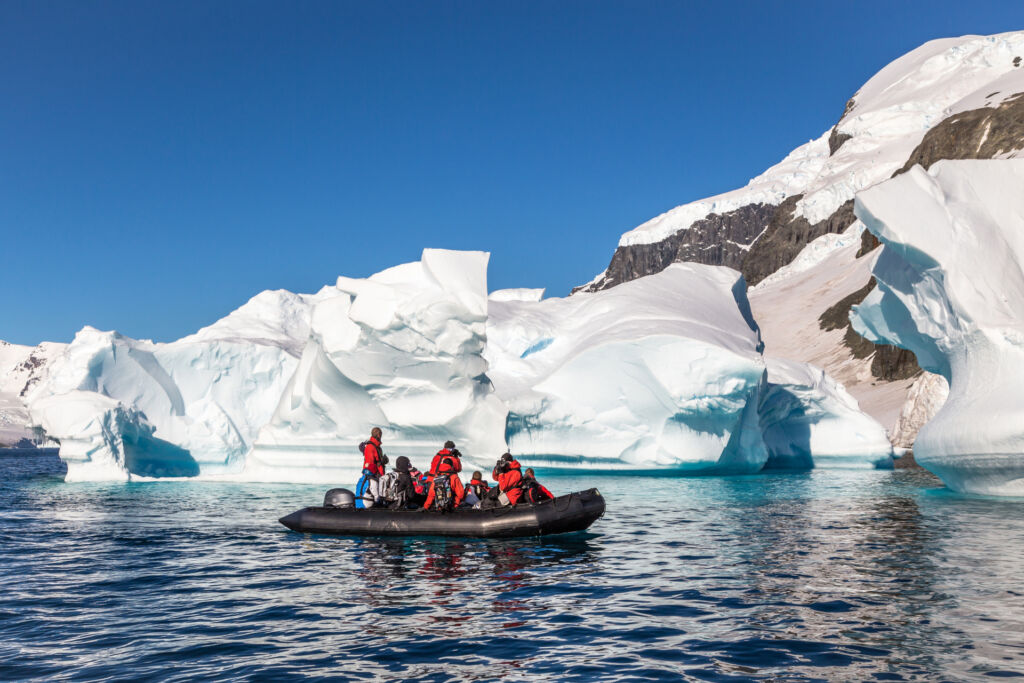Silicones Europe commissions study in Antarctica to deepen the understanding of silicone properties

Discussions are ongoing around the possibility of listing silicone building blocks D4-D5-D6 as Persistent Organic Pollutants (POPs). Silicones Europe is of the firm opinion that there is currently not enough scientific evidence to show that these monomers meet the required criteria for a POP nomination.
To be nominated as a POP under the Stockholm Convention, a substance must meet the criteria of Long-Range Environmental Transport (LRET) and the deposition of these substances in remote locations. This means the ability of a chemical to be carried by air currents, surface water or migrating animals to regions around the globe.
To solve the remaining scientific uncertainties around the LRET, Silicones Europe and the Global Silicones Council, both representing the silicone industry on the European and global levels, have jointly commissioned a monitoring study in the Antarctic to gather robust scientific evidence. The purpose is to obtain concentrations of silicone monomers in Antarctica’s air, soil, sediment and water. The Norwegian authorities are conducting a similar study, which is supported by industry, in the Arctic.
When performing a study as such, the method used towards sample collections is very important, as you do not want the tools used to collect the samples to contaminate them. Sample collection and analyses are technically complex and represent a long process. Researchers have recently been trained to collect samples. Actual sample collection is expected to start in January, with initial data awaited by end 2024. We expect the final report to be ready in Q1 2025.